Does your breast pump not feel as strong as it used to, or are you pumping less milk? Here’s what to try when troubleshooting breast pump suction problems.
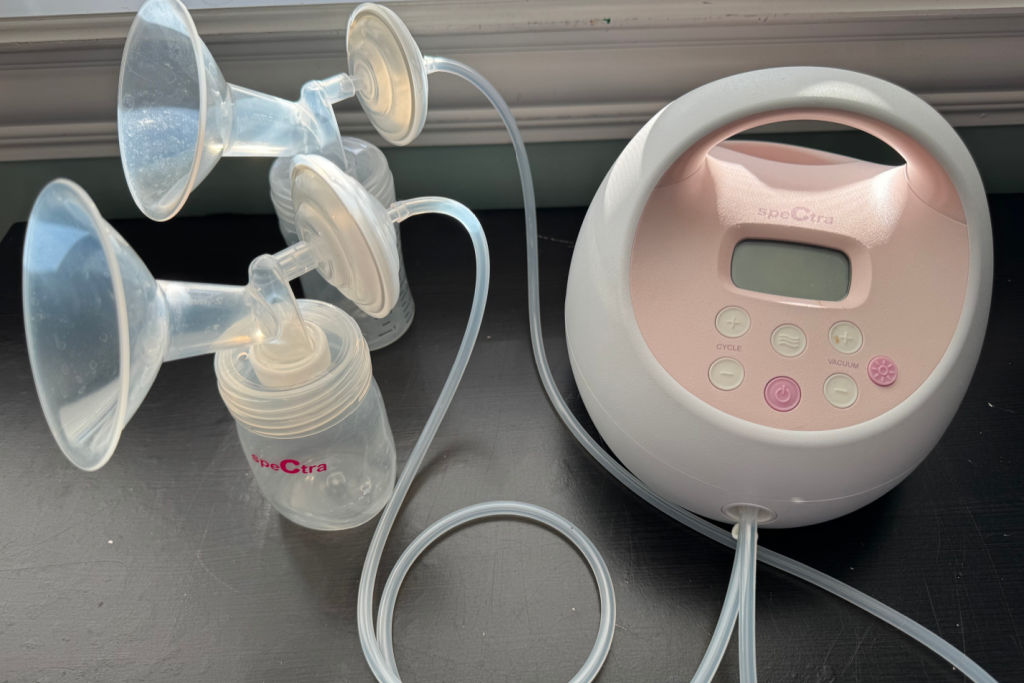
This post may contain affiliate links, which means if you click a link and purchase something, I may make a small commission at no additional cost to you. I only recommend products I love! More information here.
6 Questions to Ask when Troubleshooting Breast Pump Suction
If your breast pump suction isn’t working as well, take a look at your pump and pump parts and ask these questions to troubleshoot the issue.
1. Do your pump parts need to be replaced?
One of the most common issues when a breast pump starts to lose suction is that some or all of the pump parts need to be replaced.
Breast pump parts experience wear and tear as time goes on. They can become overstretched, get microscopic tears, and experience residue build-up.
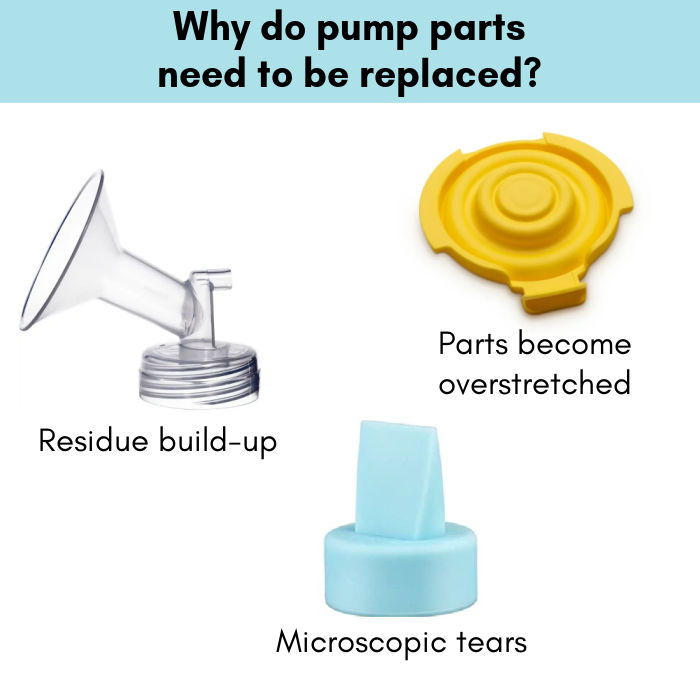
All of these can result in a loss in suction (and ultimately a decrease in milk production) if they aren’t regularly replaced.
The most important piece to replace when it comes to suction is the valve or duckbill.
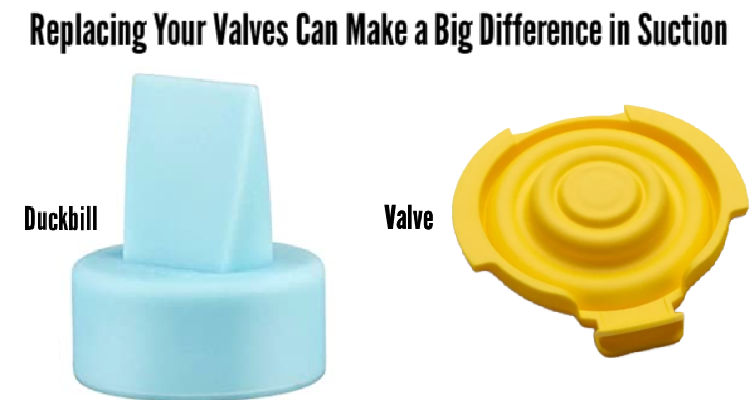
These valves stretch and release each time the pump motor pulls at it, which creates the suction that pulls milk from your breasts.
While valves are the most important piece to replace regularly, all of your pump parts may need to be replaced from time to time. More information on the appropriate timeframe for replacing pump parts here.
2. Is the tubing placed correctly on both sides?
If your pump has tubing, make sure it is securely attached to the pump parts on both sides and to the motor. It’s not uncommon for the tubing to slip slightly, and for the suction to be impacted by this.
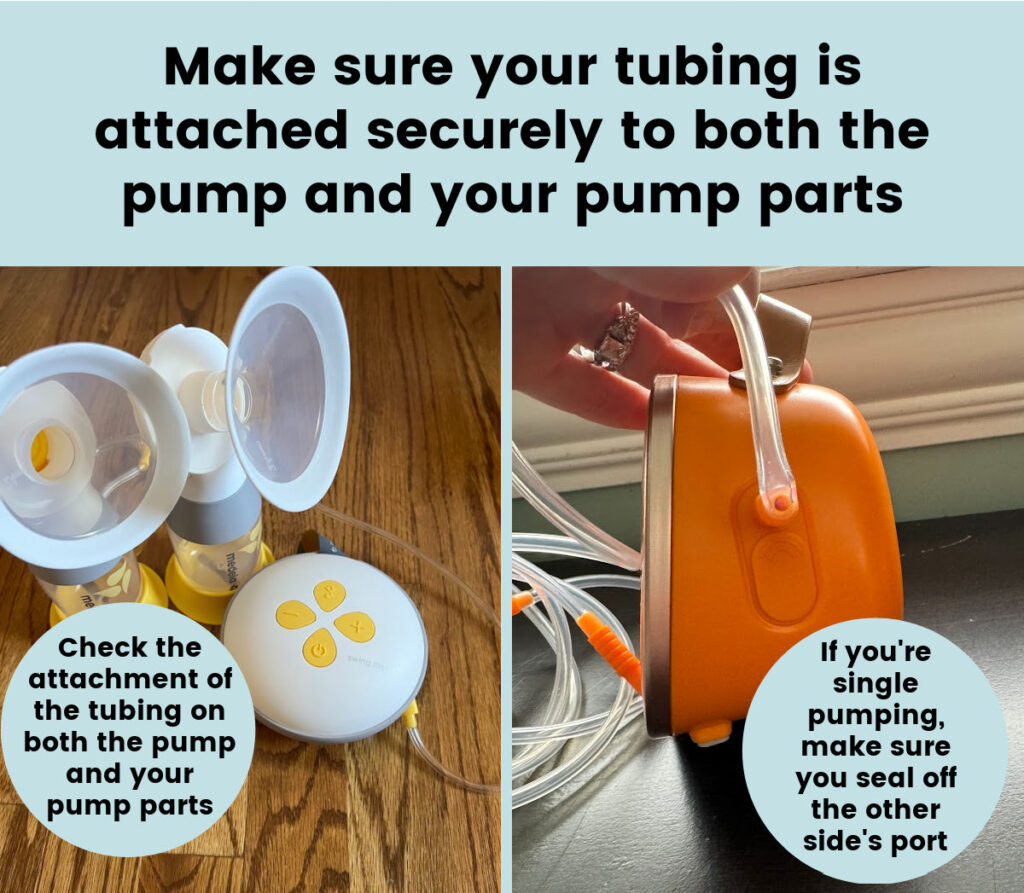
Note that if you are single pumping, the side that is not being pumped needs to be sealed off with a port cover so that air doesn’t come out of that side. Here’s how to do that:
3. Are you using the correct settings?
Breast pump settings can be confusing! Here are the basics on what to do for maximum suction.
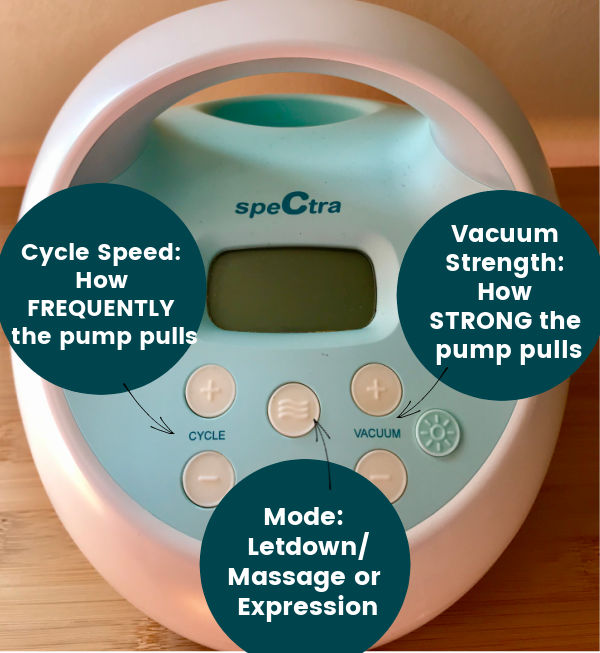
Vacuum Strength
Use the highest suction level that is comfortable for you.
Dial the suction up to where you start to feel some discomfort, and then bring in back a notch so that it doesn’t hurt at all.
Mode
Most pumps have two modes: letdown (also called massage), and expression.
Most people use letdown mode until their milk lets down and starts spraying, and then switch to expression mode.
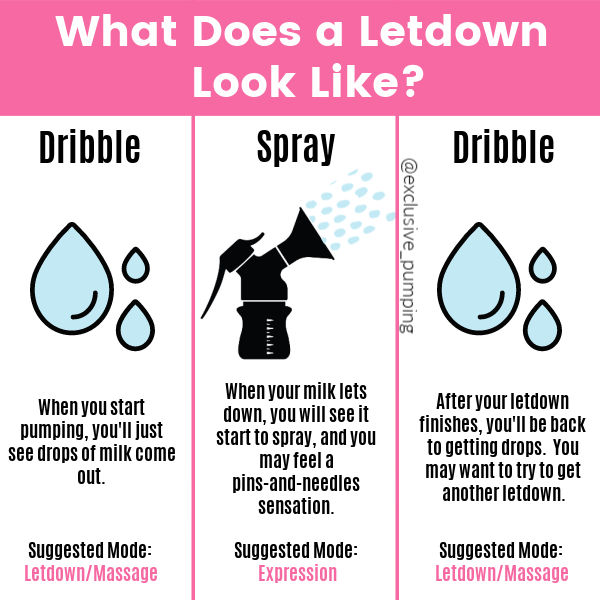
However, if you prefer to use letdown or expression mode the entire time and that works best for you, that’s fine – whatever gets you the most milk is what you should do.
Cycle Speed
Some pumps – such as the Spectra S1 or S2 and Motif Luna – allow you to control cycle speed (how many times per minute the pump pulls, as opposed to the vacuum strength that controls how strongly the pump pulls).
Most people start in letdown mode at 70, and when they switch to expression mode, they set the speed at 54. However, it’s a good idea to experiment and see what’s best for you.
More info on breast pump settings here.
4. Is your breast pump flange size correct?
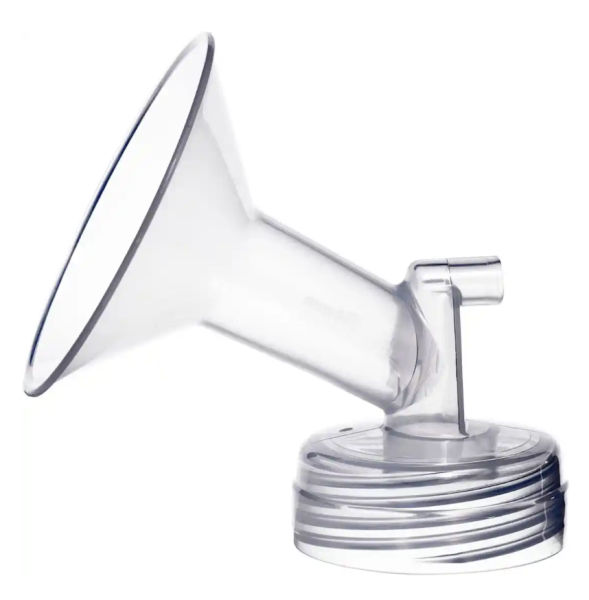
Your breast pump probably came with one or two sets of breast shields in standard sizes. However, many people need a different size than the flanges than came with their pump.
Pumping with the wrong size breast shield can make it difficult for your pump to easily pull as much milk as possible out. It can also cause pain.
If you’re not sure whether you have the right size, one option is to measure using a ruler. You can also look into getting sized, or try a few different sizes and see what feels best to you.
Need help with exclusive pumping? Use EPUMP30 for 30% off
Other breast shield considerations
- One thing to be aware of is that some people need different size breast shields for each breast. If this is the case for you, buy a set in each size and use the correct one with the appropriate breast.
- It’s also possible for your breast shield size to change over time. So even if you were fitted before, a change in size could be causing your problems with suction.
- Some women find that a different flange shape or material is more comfortable for them, especially in cases of elastic nipples.
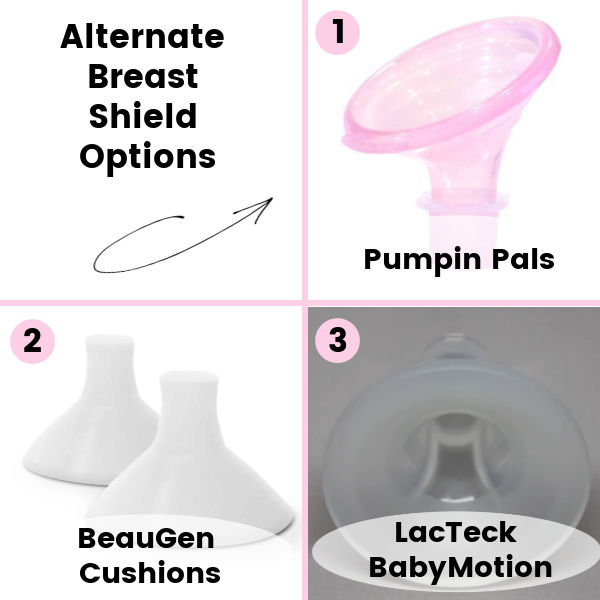
Here is more information an alternate breast shields you may want to look into if you are having trouble finding a size that works for you.
5. Does your pump need to be plugged in or a new set of batteries?
Some pumps work well whether they are plugged into an outlet, using your pump’s battery (if it has one), or whether you’re using an external battery.
Others don’t work as well when they aren’t plugged in, or when the battery that you’re using isn’t fully charged.
When you’re troubleshooting issues with your pump suction, try using it while it’s plugged in to an outlet (using the charger that came with your pump) to confirm that the power source isn’t the issue.
6. Are your pump parts put together correctly?
Even if everything looks like it’s put together the right way, sometimes a part can be just slightly out of place, and the suction will be affected.
Take your pump parts apart, put them back together again, and try pumping again.
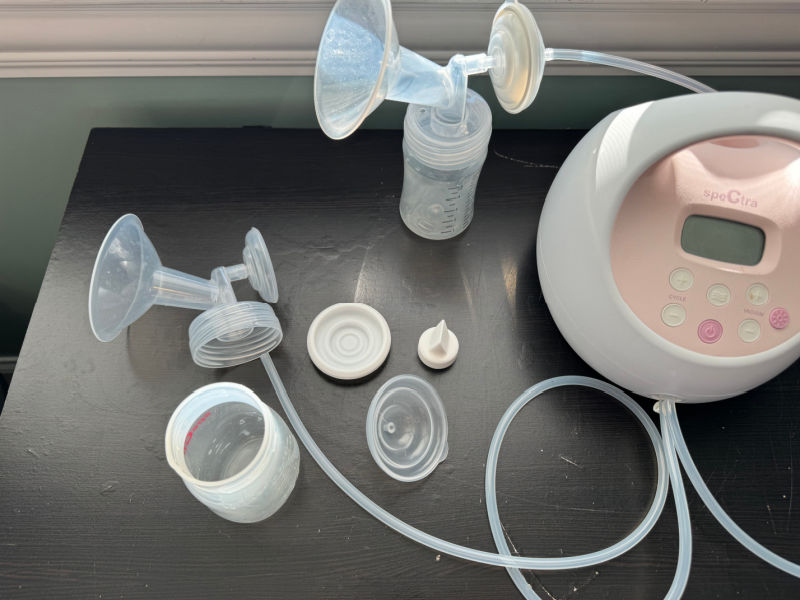
If this doesn’t work and you have more than one set of pump parts, try a new set of pump parts (preferably a dry set). If these work, you know the pump parts are the issue and not your pump motor.
What if none of this works?
If none of these things work, I would contact the manufacturer of your breast pump and see if they can help you, especially if your pump is still covered by warranty.
Hopefully this helps you troubleshoot your breast pump suction problems! Feel free to ask any questions in the comments!
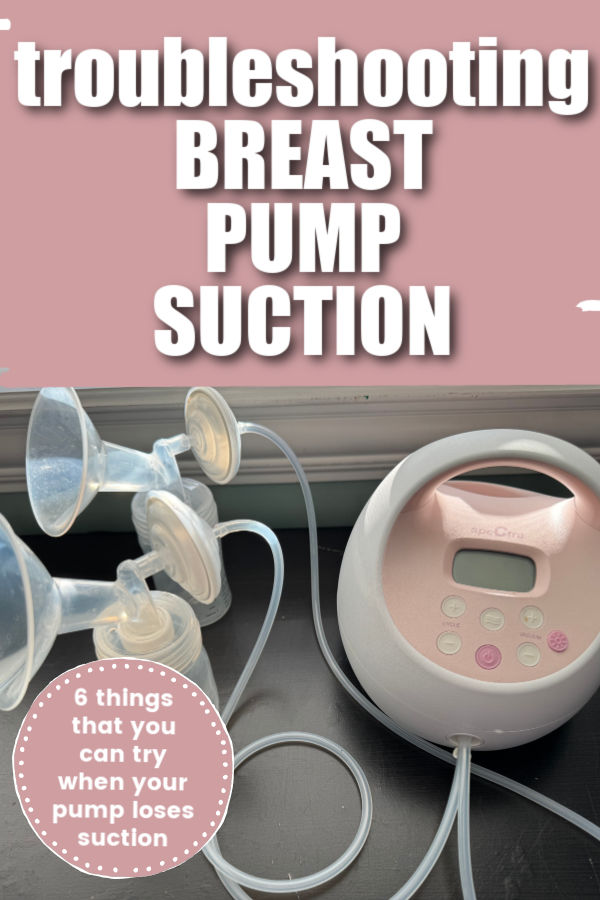
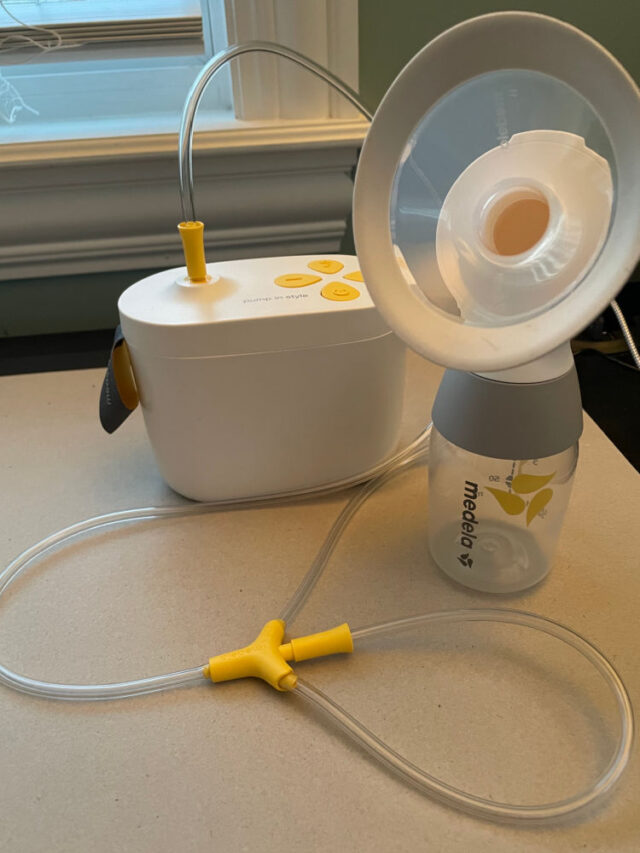


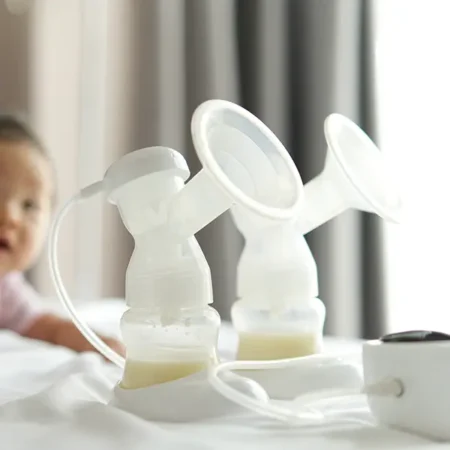












Leave A Reply!